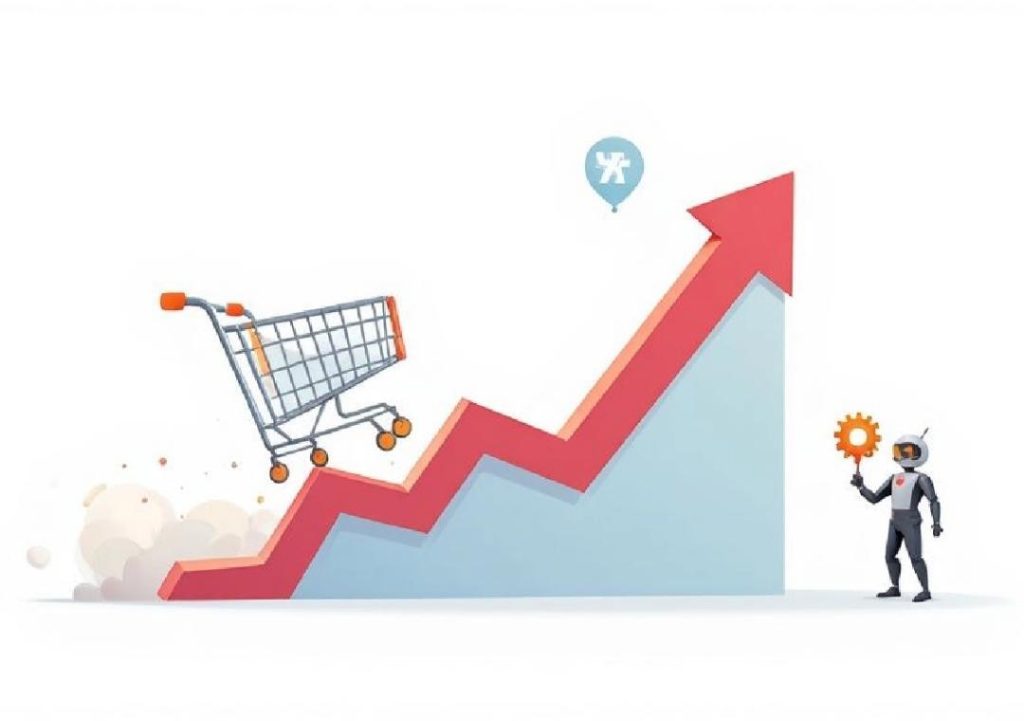
What’s the Playbook for Scaling eCommerce Brands?
Scaling an eCommerce business is a daunting task. It requires more than just throwing money at ads and hoping for the best. To truly succeed, brands need to have a deep understanding of their customers, their products, and their operations. In today’s fast-paced and competitive eCommerce landscape, brands that fail to scale efficiently will struggle to stay afloat.
So, what’s the playbook for scaling eCommerce brands?
At its core, scaling an eCommerce business requires enterprise analytics. This means having access to real-time data that provides insights into demand patterns, delivery delays, and pricing performance. With this data, brands can identify areas for improvement and make data-driven decisions to optimize their operations.
A successful strategy for scaling eCommerce brands involves several key components. Here are a few:
- Real-time Dashboards: Having real-time dashboards that provide a single view of your business is crucial for scaling. These dashboards should be able to track key metrics such as sales, inventory, and delivery performance in real-time. This allows brands to identify issues and make adjustments as needed.
For example, let’s say a brand notices that sales of a particular product are slowing down. With real-time dashboards, they can quickly identify the issue and adjust their pricing or marketing strategy to boost sales.
- Stockout Tracking: Stockouts are a major issue for eCommerce brands. When products are out of stock, customers are lost, and revenue is left on the table. To avoid stockouts, brands need to track inventory levels in real-time and adjust their ordering and fulfillment strategies accordingly.
For instance, a brand that sells clothing might notice that they’re consistently selling out of a particular style of shirt. With stockout tracking, they can adjust their inventory levels to ensure that they have enough stock to meet demand.
- Regional Sales Insights: Understanding regional sales patterns is critical for scaling eCommerce brands. This allows brands to identify areas where they can optimize their marketing and fulfillment strategies to drive more sales.
For example, a brand that sells outdoor gear might notice that sales are higher in certain regions during certain times of the year. With regional sales insights, they can adjust their marketing strategy to target those regions and drive more sales.
A Real-Life Example: SleepyHug’s Success Story
One brand that has successfully scaled its eCommerce business using enterprise analytics is SleepyHug. SleepyHug is a popular online mattress brand that started from scratch and grew to become a 100-crore brand.
According to a recent article on GrowthJockey, SleepyHug’s success can be attributed to its use of enterprise analytics. Specifically, the brand used real-time dashboards to monitor demand patterns, stockout tracking to avoid inventory issues, and regional sales insights to optimize its marketing strategy.
By using these methods, SleepyHug was able to cut delivery gaps and optimize its product mix. This led to significant growth and profitability for the brand.
Conclusion
Scaling an eCommerce business is a complex and challenging task. It requires more than just throwing money at ads and hoping for the best. To truly succeed, brands need to have a deep understanding of their customers, their products, and their operations.
By using enterprise analytics, real-time dashboards, stockout tracking, and regional sales insights, brands can gain a competitive edge and drive growth and profitability. As the example of SleepyHug illustrates, the right analytics strategy can make all the difference in scaling a successful eCommerce business.
News Source:
https://www.growthjockey.com/blogs/how-enterprise-analytics-scaled-sleepyhug-from-0-to-100-crore






